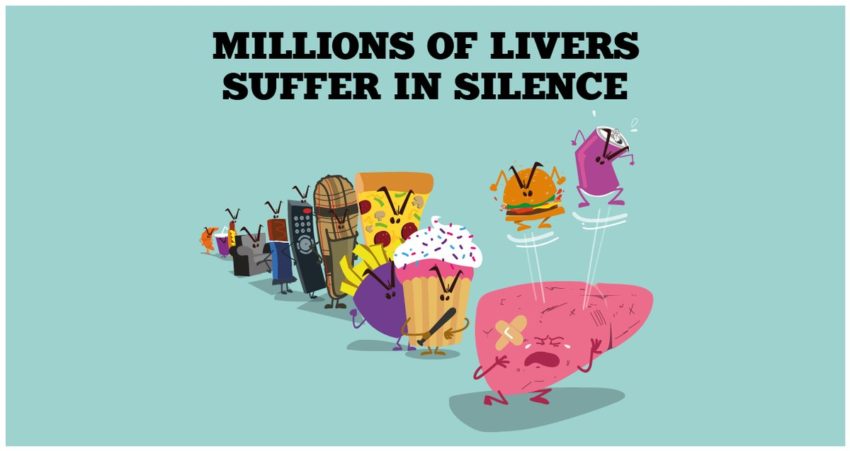Report: Kentucky 1st U.S. State to Require Hepatitis C Testing for Pregnant Women

Kentucky is now the nation's first state to require pregnant women to get tested for the hepatitis C virus, which can easily spread from mother to child and can cause liver problems, WDRB.com reports. The new law is a respond to the rampant rise of hepatitis C virus (HCV) in Kentucky and across the country, especially among Latinos. Health experts support the new law, effective July 2018. It costs money to do the testing—about $240 to $310 per test—but that's little compared to the $800,000 cost of a liver transplant, Dr. Claudia Espinosa, a pediatrician at University of Louisville, told the courier-journal.com. "If we can save one person from liver transplant and cirrhosis, it will save a lot of money, and prevent a lot of suffering," Espinosa said. HCV Rates Are ...
Read More







